Table of contents
- What Exactly is 11-Hydroxy-THC?
- How Consumption Method Changes Everything
- The 11-Hydroxy-THC Effects: What You Actually Feel
- 11-Hydroxy-THC: Pharmacokinetics and Detection
- Vaping vs. Edibles: A Side-by-Side Comparison
- Why Understanding 11-Hydroxy-THC Matters: The Practical Reality
- Practical Dosing Guide
- Harm Reduction Considerations
- Exploring Canapuff's Edible Options
- FAQs
If you've ever taken a THC edible and wondered why it felt more intense than smoking the same amount-maybe too intense-you've been introduced to 11-hydroxy-THC without even realizing it. This isn't some synthetic cannabinoid cooked up in a lab. It's your own liver doing something genuinely fascinating: transforming regular THC into something significantly more potent.
Here's the thing that catches most people off guard: when you eat a cannabis edible, you're not really consuming delta-9 THC in its original form. Your body is converting it into something else entirely-something that hits harder, lasts longer, and behaves differently in your brain. That something is 11-hydroxy-THC, and understanding how it works might change how you approach edibles forever.
What Exactly is 11-Hydroxy-THC?
The Metabolite Difference
11-hydroxy-THC (11-OH-THC) is the primary active metabolite of delta-9 THC. When you hear "metabolite," understand this: it's not a different cannabinoid growing in cannabis. It's what your body creates by processing THC through your liver.
When you smoke or vape cannabis, THC enters your bloodstream directly through your lungs and reaches your brain relatively intact. But when you eat an edible-whether it's a gummy, brownie, or cannabis-infused butter-the journey is completely different.
Here's the metabolic pathway: THC from your edible travels through your digestive system to the liver, where it encounters enzymes called cytochrome P450 (specifically CYP2C9 and CYP3A4). These enzymes attach a hydroxyl group to the THC molecule in a process called hydroxylation. The result? 11-hydroxy-THC.
Unlike the original THC you ingested, this metabolite is significantly more potent and crosses the blood-brain barrier more efficiently. This is why edibles feel stronger and why the experience is fundamentally different from smoking.
The Chemistry Behind the Potency
At a molecular level, 11-hydroxy-THC has stronger binding affinity to CB1 receptors in your brain compared to delta-9 THC. Early research from the Journal of Clinical Investigation found something surprising: when volunteers were given equivalent one-milligram doses of both compounds intravenously, 11-hydroxy-THC produced faster onset and more intense psychoactive effects than THC itself.
The research suggests 11-hydroxy-THC is 2-3 times more potent than delta-9 THC. Some studies even indicate it could be up to five times more potent in certain measures. This isn't a small difference-it's the reason edibles are often labeled with higher psychoactive equivalencies than their raw THC content.
What makes this especially interesting from a neuroscience perspective: 11-hydroxy-THC demonstrates higher intrinsic activity at CB1 receptors, meaning it triggers a more complete response once it binds. Think of regular THC as a key that partially turns a lock. 11-hydroxy-THC is the same key, but it turns the lock further.
The Role of Phase II Metabolism and Analytical Chemistry
An important aspect of 11-hydroxy-THC's metabolism involves phase II metabolism, where the body further processes cannabinoids by conjugating them with glucuronic acid. This process creates more water-soluble metabolites, facilitating their excretion. Analytical and bioanalytical chemistry techniques, such as solid phase extraction and simultaneous quantification using advanced instrumentation, are crucial for accurately measuring 11-hydroxy-THC and its major metabolites in blood samples and urine. These methods enhance our understanding of drug metabolism and cannabinoid concentrations in clinical pharmacology studies, especially relevant in European research contexts.
How Consumption Method Changes Everything
Smoking vs. Vaping: The Direct Route

When you smoke or vape cannabis, onset is rapid-typically 5-15 minutes. This is because THC enters your lungs, absorbs through the alveolar membrane, and travels directly into your bloodstream, bypassing the liver initially.
Peak effects occur around 15-30 minutes after smoking, with the high lasting roughly 1-3 hours. During this time, 11-hydroxy-THC is being formed, but in much lower concentrations than with oral consumption. The primary psychoactive experience comes from the direct THC, not the metabolite.
One critical detail: because THC is absorbed directly rather than metabolized, you retain more control. You feel effects quickly, can adjust your dose in real-time, and the experience fades relatively soon.
In Europe, where smoking marijuana regulations and se laws vary by country, understanding these differences is vital for consumers and medical patients alike. For example, in jurisdictions with strict laws, oral ingestion of THC through edibles is often preferred for discretion and longer-lasting effects.
Edibles: The Metabolic Journey
Edibles follow an entirely different path. When you consume an edible, the THC must survive stomach acid, get absorbed through the intestinal wall, and travel to the liver-a process that typically takes 30-90 minutes before you feel anything.
But here's where it gets interesting: during those 30-90 minutes of digestion and metabolic processing, your liver is systematically converting delta-9 THC into 11-hydroxy-THC. When effects finally kick in around 1-2 hours, a significant portion of the THC in your system is now the more potent metabolite.
Peak 11-hydroxy-THC concentrations typically occur 1.5-2 hours after consuming an edible. At that peak, you're experiencing the combined effects of remaining delta-9 THC plus substantially higher levels of the more potent 11-hydroxy-THC.
Duration extends dramatically too. While smoked THC effects last 1-3 hours, edible effects can persist 6-8 hours, sometimes extending to 12+ hours at higher doses. This extended duration is largely due to the 11-hydroxy-THC component, which stays in circulation longer.
The Variable Bioavailability Factor
Here's a complication that makes edibles unpredictable: bioavailability-the percentage of consumed THC that actually reaches your bloodstream-varies widely depending on individual factors.
When you smoke, bioavailability is roughly 6-35% (meaning some THC is wasted in smoke). But with edibles, bioavailability depends on factors like whether you've eaten, your metabolic rate, your liver enzyme activity, and even your body fat percentage.
Someone with a fast metabolism and low body fat might feel edible effects in 30 minutes with relatively moderate intensity. Someone with slower metabolism, who ate recently, or with higher body fat might not feel anything for 2+ hours, and when effects arrive, they could be significantly more intense.
This is why the same 10mg edible can feel completely different for different people-or even for the same person on different days. The variation in 11-hydroxy-THC production creates this unpredictability.
Clinical Pharmacology Insights and Experimental Therapeutics
European clinical pharmacology research often focuses on the pharmacokinetics of cannabinoids like 11-hydroxy-THC, analyzing blood cannabinoids and metabolite profiles after oral ingestion versus smoking marijuana. Experimental therapeutics studies help determine efficacy and safety profiles, informing dosing guidelines and harm reduction strategies tailored to European populations with diverse body mass index and genetic backgrounds affecting drug metabolism.
The 11-Hydroxy-THC Effects: What You Actually Feel
Onset and Peak Timing
The delayed onset of edibles is entirely attributable to the metabolic conversion process. You're waiting for your liver to produce 11-hydroxy-THC in sufficient quantities to create noticeable effects.
But once 11-hydroxy-THC reaches sufficient concentrations in your bloodstream, effects can feel quite intense. Research participants have described the transition from "nothing yet" to "wow, this is strong" happening in the span of 20-30 minutes.
Peak effects typically occur 2-4 hours after ingestion. This extended time to peak-compared to 15-30 minutes for smoking-is crucial information. Many people panic after 90 minutes, think the edible "didn't work," and consume more, only to be overwhelmed when both the original and additional edibles kick in simultaneously.
Intensity and Duration
The intensity difference is real. Users consistently report that the "body high" from 11-hydroxy-THC feels different from smoked THC. It's often described as deeper, more immersive, and more body-focused.
The 11-hydroxy-THC metabolite creates a sensation that many experience as "heavier" or more sedative than smoking the same dose of delta-9 THC. For some, this is exactly what they want-a more thorough, all-encompassing effect. For others, it can feel overwhelming or even anxiety-inducing.
Duration extends significantly. A 10mg edible might create effects lasting 6-8 hours. Higher doses (20-30mg) can produce effects lasting 8-12 hours or occasionally even longer.
This extended duration is partly because 11-hydroxy-THC persists in the bloodstream longer than delta-9 THC. It's also because your body continues producing it as it metabolizes remaining delta-9 THC during the digestive phase-so you're not experiencing a single peak and then decline, but rather a more prolonged plateau of effects.
Individual Variables That Affect Experience
The difference between someone being pleasantly relaxed and someone being uncomfortably high often comes down to how their body processes 11-hydroxy-THC.
Metabolism: Individuals with faster metabolic rates produce 11-hydroxy-THC more quickly and efficiently, leading to faster onset and potentially more intense effects. Those with slower metabolisms experience delayed onset but potentially extended duration.
Body Composition: THC and its metabolites are fat-soluble, meaning they bind to adipose (fat) tissue. People with higher body fat percentages retain THC and 11-hydroxy-THC longer, prolonging both effects and detection windows.
Food in Your Stomach: Consuming an edible on an empty stomach affects bioavailability and the speed of 11-hydroxy-THC production. Eating beforehand slows absorption but can create a more stable experience.
Tolerance: Regular users produce and metabolize 11-hydroxy-THC differently than occasional users. Chronic cannabis users often show reduced responsiveness to a given dose.
Liver Enzyme Activity: Your CYP2C9 and CYP3A4 enzyme levels vary based on genetics, medications, and other factors. Someone with highly active liver enzymes will produce 11-hydroxy-THC more efficiently.
11-Hydroxy-THC: Pharmacokinetics and Detection
How Long Does 11-Hydroxy-THC Stay in Your System?
This is where the edible experience extends far beyond the subjective "high." 11-hydroxy-THC and its secondary metabolite, 11-nor-9-carboxy-THC (THC-COOH), remain detectable in your system much longer than you feel intoxicated.
Blood-level 11-hydroxy-THC typically becomes undetectable within 4-8 hours post-consumption. But THC-COOH-the non-psychoactive secondary metabolite derived from 11-hydroxy-THC-persists far longer.
Here's the kicker: THC-COOH can be detected in:
- Saliva: 1-3 days
- Blood: 3-4 days
- Urine: 3-30 days depending on frequency of use
- Hair: up to 90 days
This extended detection window exists because your body stores THC metabolites in fat cells and releases them gradually. Even though you feel completely sober, trace metabolites remain.
The Drug Testing Complication
Here's what makes 11-hydroxy-THC relevant for drug testing: standard urine tests don't distinguish between THC-COOH (the non-psychoactive breakdown product of 11-hydroxy-THC) and current intoxication.
Someone could test positive for THC-COOH weeks after consuming an edible, even though they're completely sober and 11-hydroxy-THC hasn't been in their system for days.
Some European countries have introduced se laws and analytical toxicology protocols that include simultaneous determination of multiple cannabinoids and metabolites in blood samples to better estimate recent cannabis use and intoxication equivalency. However, this testing is expensive and not widely used. Most employers still rely on basic testing that doesn't differentiate.
Vaping vs. Edibles: A Side-by-Side Comparison
Let's be direct about 11-hydroxy-THC vaping: you can't directly vape 11-hydroxy-THC because it doesn't exist in cannabis plants-your body creates it only after metabolizing delta-9 THC.
What you can do is vape delta-9 THC and allow your body to produce 11-hydroxy-THC at lower concentrations than edibles would.
When you vape:
- THC enters your bloodstream rapidly through lungs
- Small amounts of 11-hydroxy-THC are produced as your body processes THC
- Onset: 5-15 minutes
- Peak: 15-30 minutes
- Duration: 1-3 hours
- 11-hydroxy-THC concentrations: LOW
When you eat an edible:
- THC travels through digestive system
- Extensive liver processing converts significant THC to 11-hydroxy-THC
- Onset: 30-90+ minutes
- Peak: 1.5-2 hours (when 11-hydroxy-THC peaks)
- Duration: 6-8+ hours
- 11-hydroxy-THC concentrations: HIGH
The fundamental difference: vaping produces some 11-hydroxy-THC, but not enough to substantially change the effect profile. Edibles produce substantial 11-hydroxy-THC, which fundamentally transforms the experience.
Why Understanding 11-Hydroxy-THC Matters: The Practical Reality

Dosing Calculations
Many edible packages list both THC content and "THC equivalent" because manufacturers recognize that 11-hydroxy-THC's potency means you need less total THC in an edible to achieve effects comparable to smoked THC.
A 10mg THC edible might be labeled as providing roughly 20-30mg THC equivalent because of the conversion to 11-hydroxy-THC.
For beginners, this matters enormously. The dosing advice "start low, go slow" with edibles isn't being overly cautious-it's accounting for 11-hydroxy-THC's enhanced potency.
The Edible Overconsumption Problem
Many people overconsume edibles because they don't account for 11-hydroxy-THC's delayed onset and potency. The experience typically unfolds like this:
- Consume edible (feels nothing)
- Wait 30 minutes (still feels nothing)
- Panic-conclude it didn't work
- Consume more edible
- 30 minutes later: first dose's 11-hydroxy-THC peaks
- 30 minutes after that: second dose's 11-hydroxy-THC peaks
- Suddenly experiencing 2x the intended dose of a 3x potency metabolite
- Uncomfortable evening
This scenario plays out constantly because people underestimate both the delay and the metabolite's potency.
Medical and Therapeutic Implications
For medical patients, understanding 11-hydroxy-THC is crucial. Its extended duration (6-8+ hours) and deeper effects make edibles superior for:
- Chronic pain management (longer coverage per dose)
- Sleep support (more sustained, body-focused effect)
- Long-term anxiety management (gradual onset, extended relief)
But the delayed onset makes edibles poorly suited for acute symptom management where fast relief is needed.
For recreational users, recognizing that edibles deliver a fundamentally different experience-not just "a stronger high"-helps set appropriate expectations. The 11-hydroxy-THC high feels different, lasts different, and requires different preparation.
Practical Dosing Guide
Given 11-hydroxy-THC's potency, here's a practical framework:
First-time edible users: Start with 2.5-5mg THC equivalent
- Wait a full 2 hours before redosing
- Remember: you're experiencing 11-hydroxy-THC, which is significantly more potent than smoked THC
- Don't panic if nothing happens at 60 minutes; effects are still ramping
Experienced smokers, new to edibles: Start with 5-10mg THC equivalent
- Your tolerance to smoked THC doesn't transfer directly to 11-hydroxy-THC
- Same 2-hour wait before redosing
- Track how you feel; adjust next time
Chronic edible users: Dose based on your established experience and metabolism
- Be aware tolerance builds to 11-hydroxy-THC just like any cannabinoid
- Consider tolerance breaks if effects plateau
Medical users: Work with practitioners who understand metabolite-specific dosing
- Your therapeutic dose depends on which condition you're treating and whether you need sustained effects (edibles) or acute relief (vaping)
Harm Reduction Considerations
Understanding 11-hydroxy-THC enables harm reduction:
Have a safe environment ready. Edibles' longer duration means if something unexpected happens, you're managing it for 6+ hours, not 2-3.
Never drive after consuming edibles. 11-hydroxy-THC impairs cognition and motor control just like THC, but for far longer.
Keep a "rescue" plan ready. If you're uncomfortable, high-CBD products, cold showers, and calm environments can reduce anxiety, but you're managing this for hours.
Inform friends/family about delays. If you're using edibles socially, let people know why you're not immediately affected and why they shouldn't be surprised when you are, 90+ minutes in.
Exploring Canapuff's Edible Options
For those ready to explore 11-hydroxy-THC's effects intentionally, start with quality, lab-tested edibles where dosing is precise and metabolite content is verified. Browse our THC gummies collection for reliable dosing across various potencies. Our Delta 9 gummies guide explains how different formulations work with your metabolism, and our Delta 9 THC cookies offer portion-controlled dosing perfect for understanding your personal 11-hydroxy-THC response.
For users concerned about metabolite potency, our THC gummies for first-timers guide breaks down how to approach edibles safely and predictably.
FAQs
Is 11-Hydroxy-THC the Same as Delta-11 THC?
No. They're often confused, but they're different compounds. 11-hydroxy-THC is the metabolite your body creates from delta-9 THC. Delta-11-THC is a different cannabinoid isomer (like delta-8 or delta-10) that exists naturally in cannabis at trace levels. Edibles create 11-hydroxy-THC through metabolism; they don't contain delta-11-THC naturally.
Can I Get High from Pure 11-Hydroxy-THC Without Consuming THC First?
Theoretically yes-research shows 11-hydroxy-THC alone produces psychoactive effects and was even studied via intravenous administration. However, pure 11-hydroxy-THC isn't commercially available because it doesn't occur naturally in cannabis and would be expensive to synthesize. All commercial "11-hydroxy-THC experiences" come from your liver converting THC from edibles.
Does 11-Hydroxy-THC Show Up on Drug Tests Differently Than THC?
Not really. Drug tests detect THC-COOH (the further metabolite of 11-hydroxy-THC), not 11-hydroxy-THC itself. Both edible and smoked THC produce THC-COOH, so both will produce positive drug tests. Sophisticated tests can compare THC/11-OH-THC/THC-COOH ratios to estimate recency of use, but standard tests can't distinguish.
Why Do Some People Get Nausea From Edibles?
Nausea from edibles often results from 11-hydroxy-THC's potency combining with delayed onset creating overconsumption. Additionally, some people's digestive systems react to consuming concentrated cannabinoids. Starting with lower doses and eating beforehand often helps.
Can You Speed Up 11-Hydroxy-THC Metabolism or Make Edibles Kick In Faster?
To some degree, yes. Consuming an edible on an empty stomach with acidic foods/beverages can speed absorption slightly. However, 11-hydroxy-THC production is fundamentally limited by your liver enzyme activity and individual metabolism-there's no reliable "hack" to dramatically accelerate onset. The delayed onset is inherent to oral consumption.





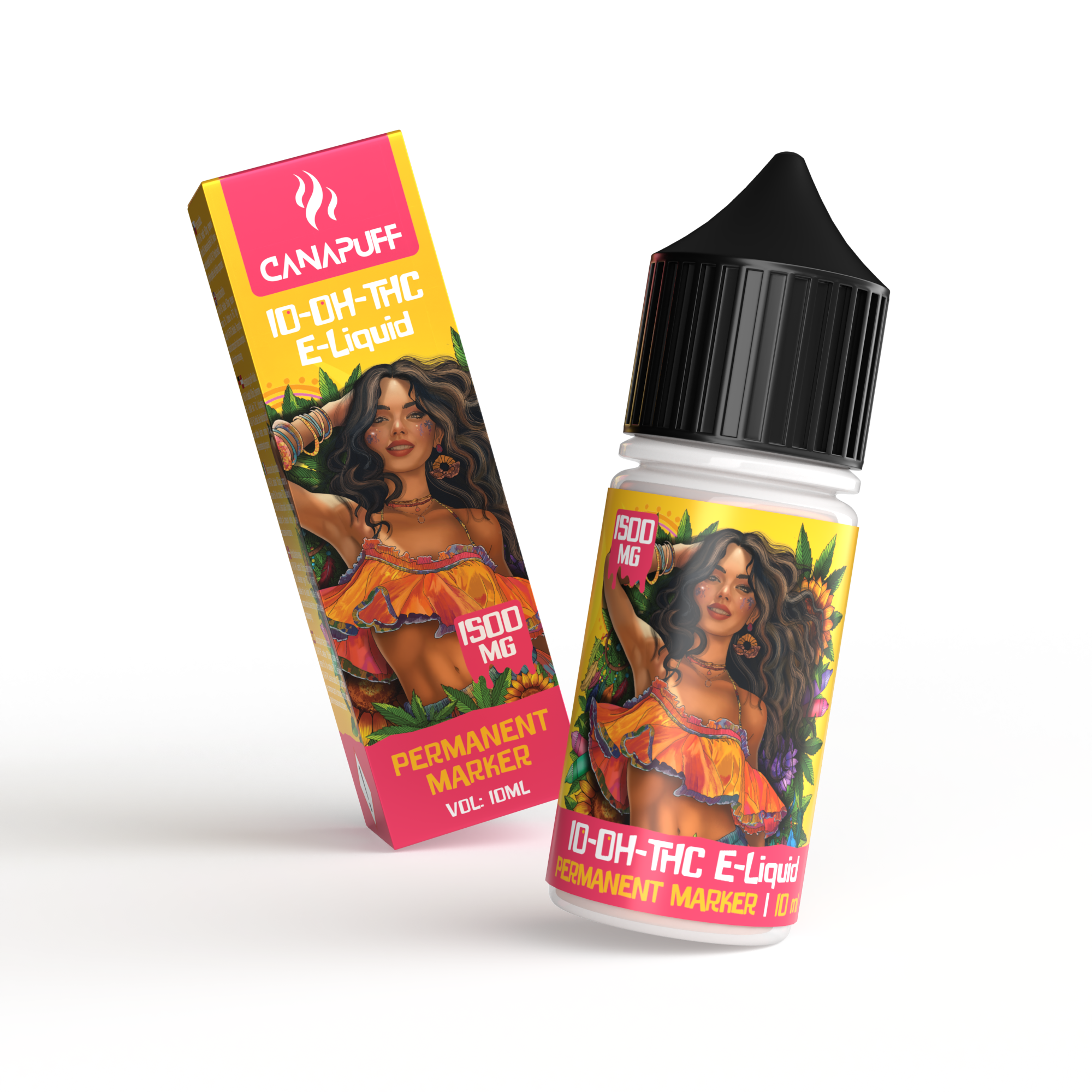






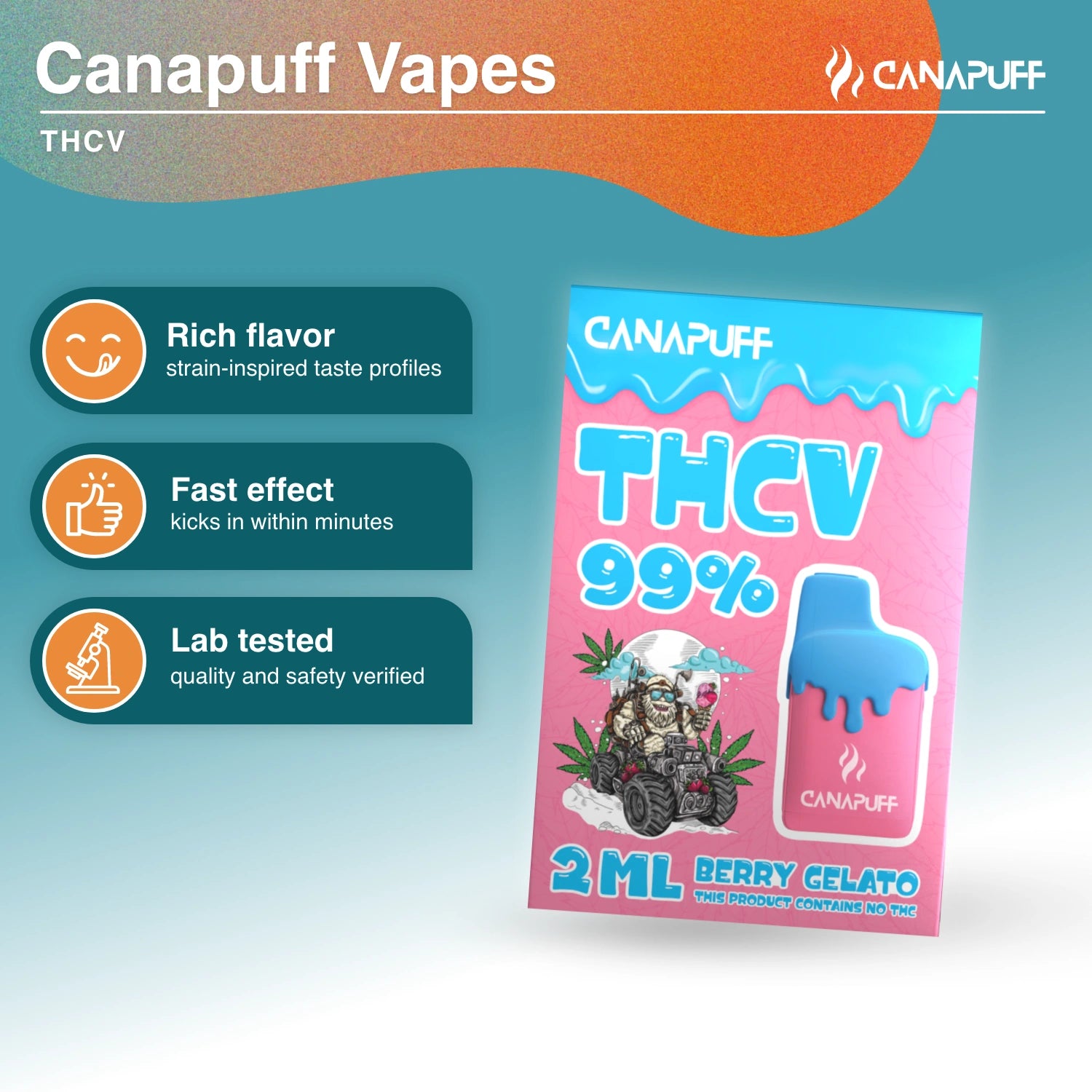
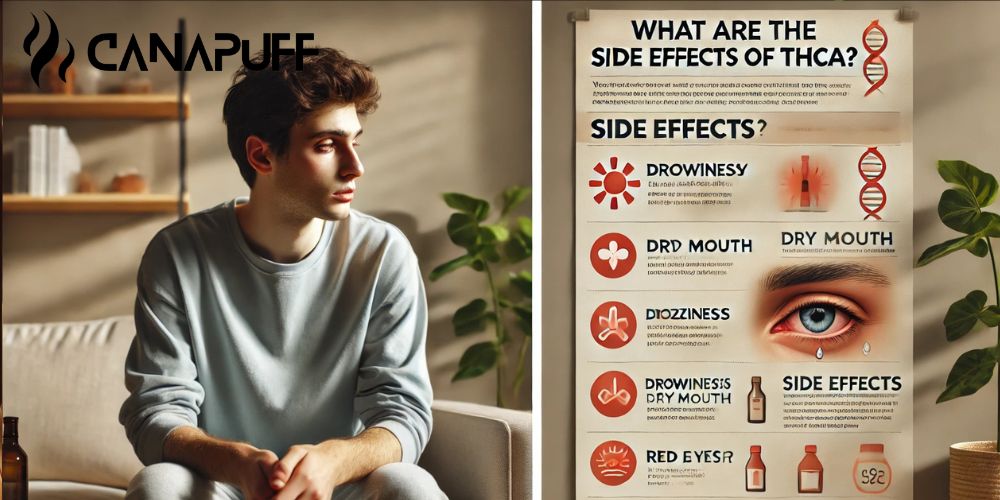

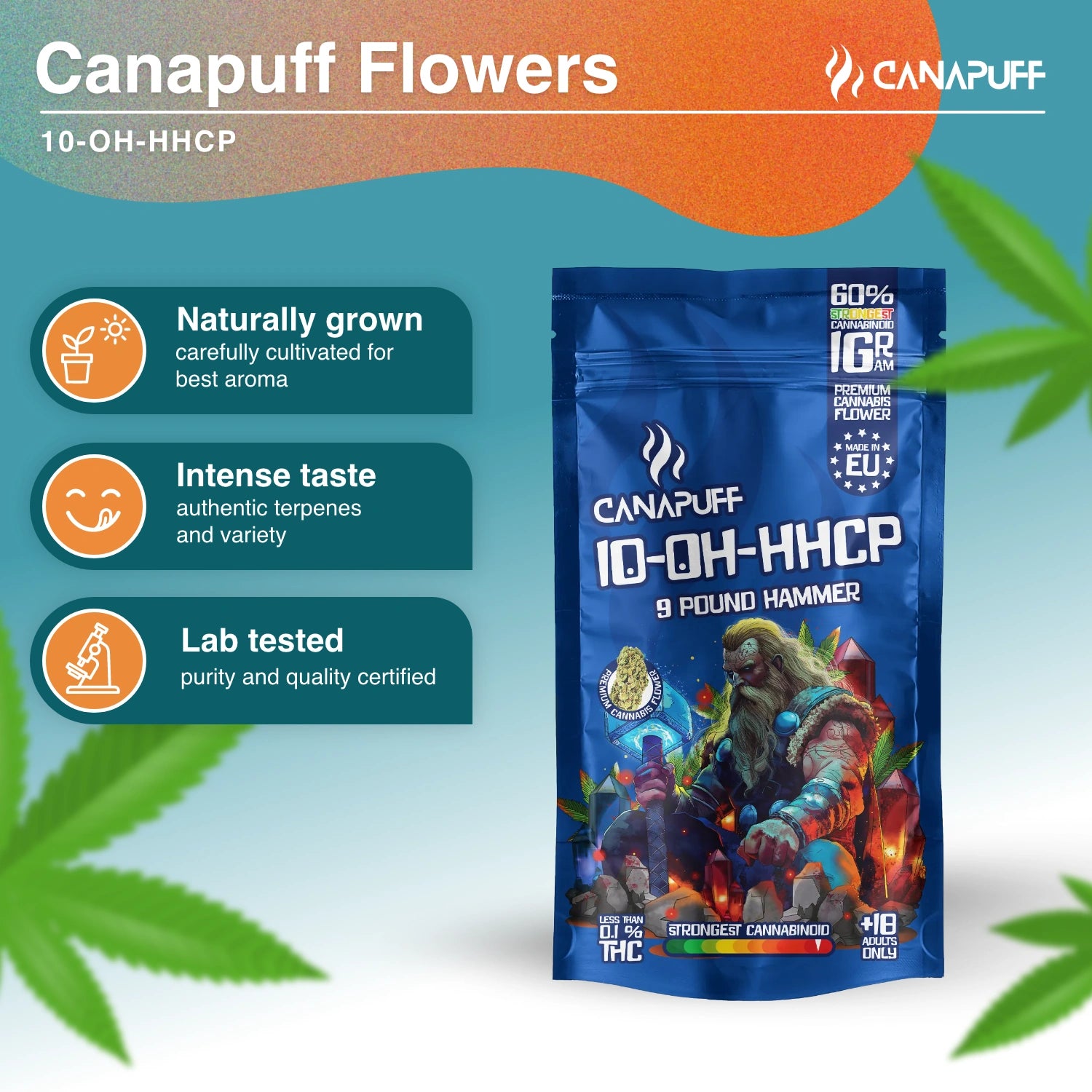
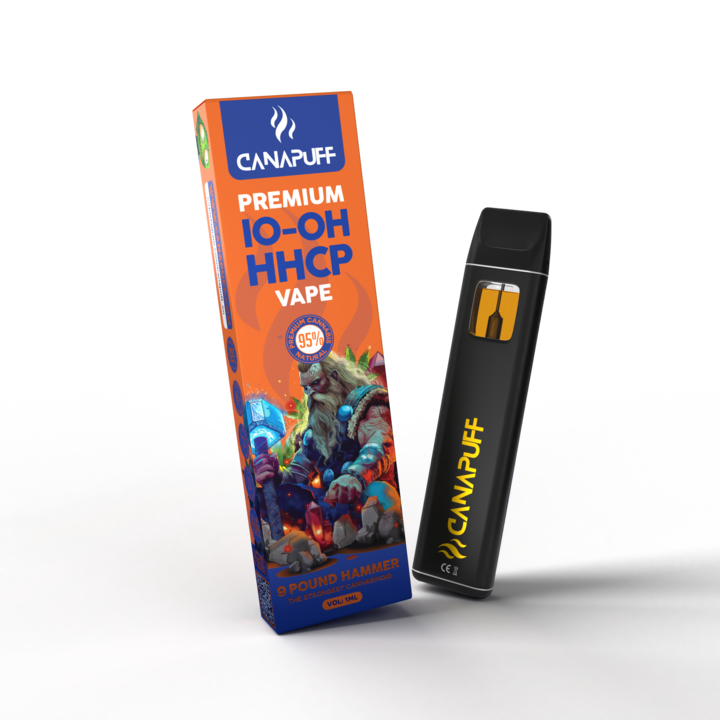



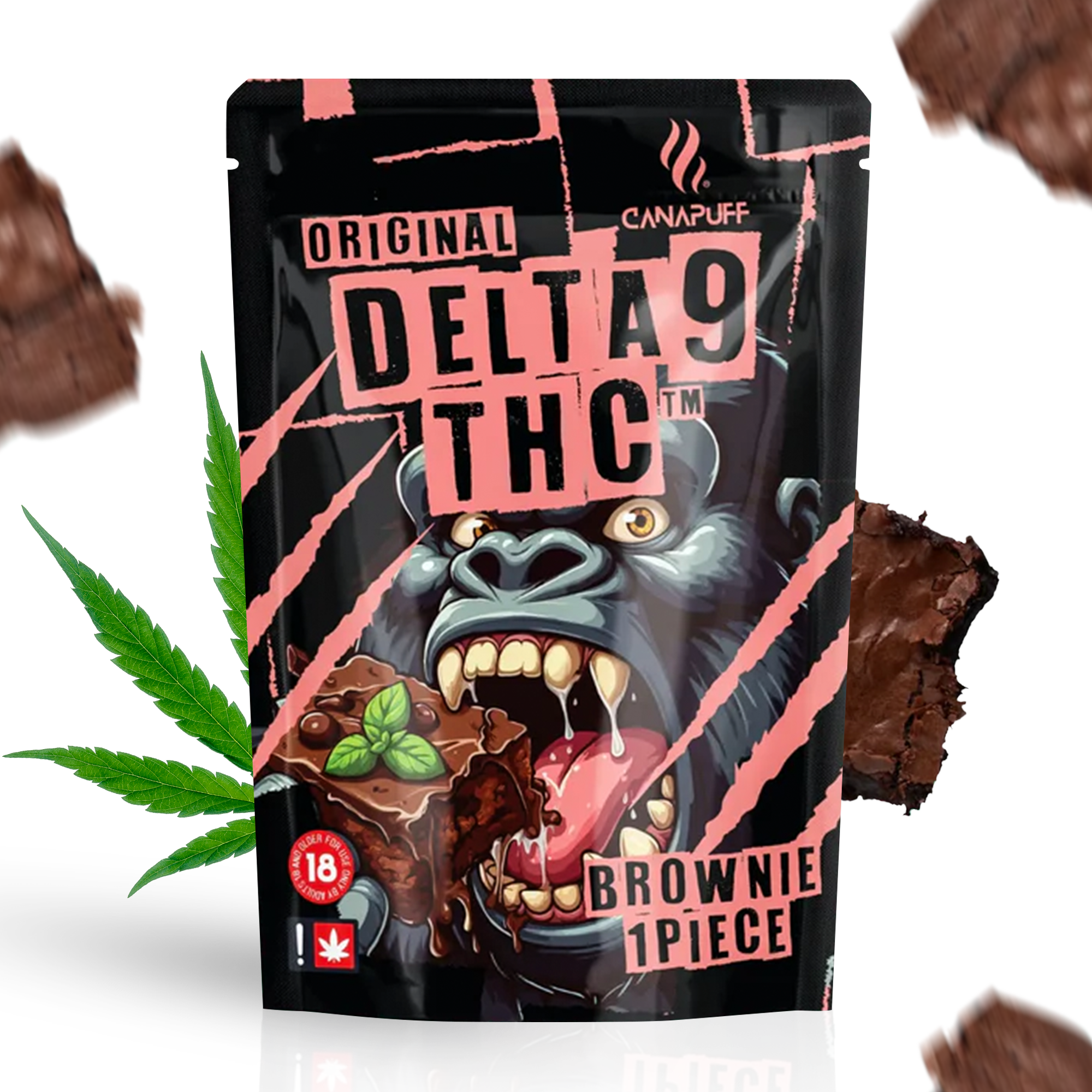

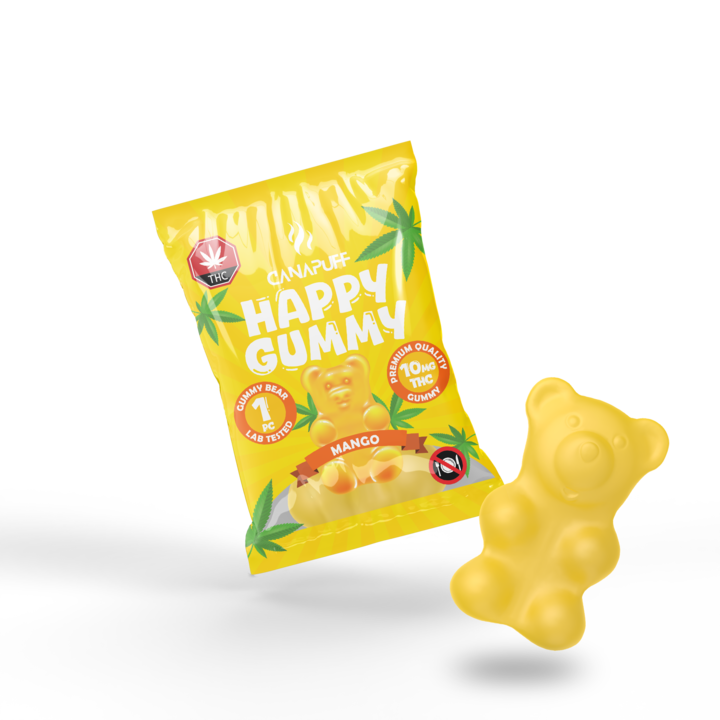
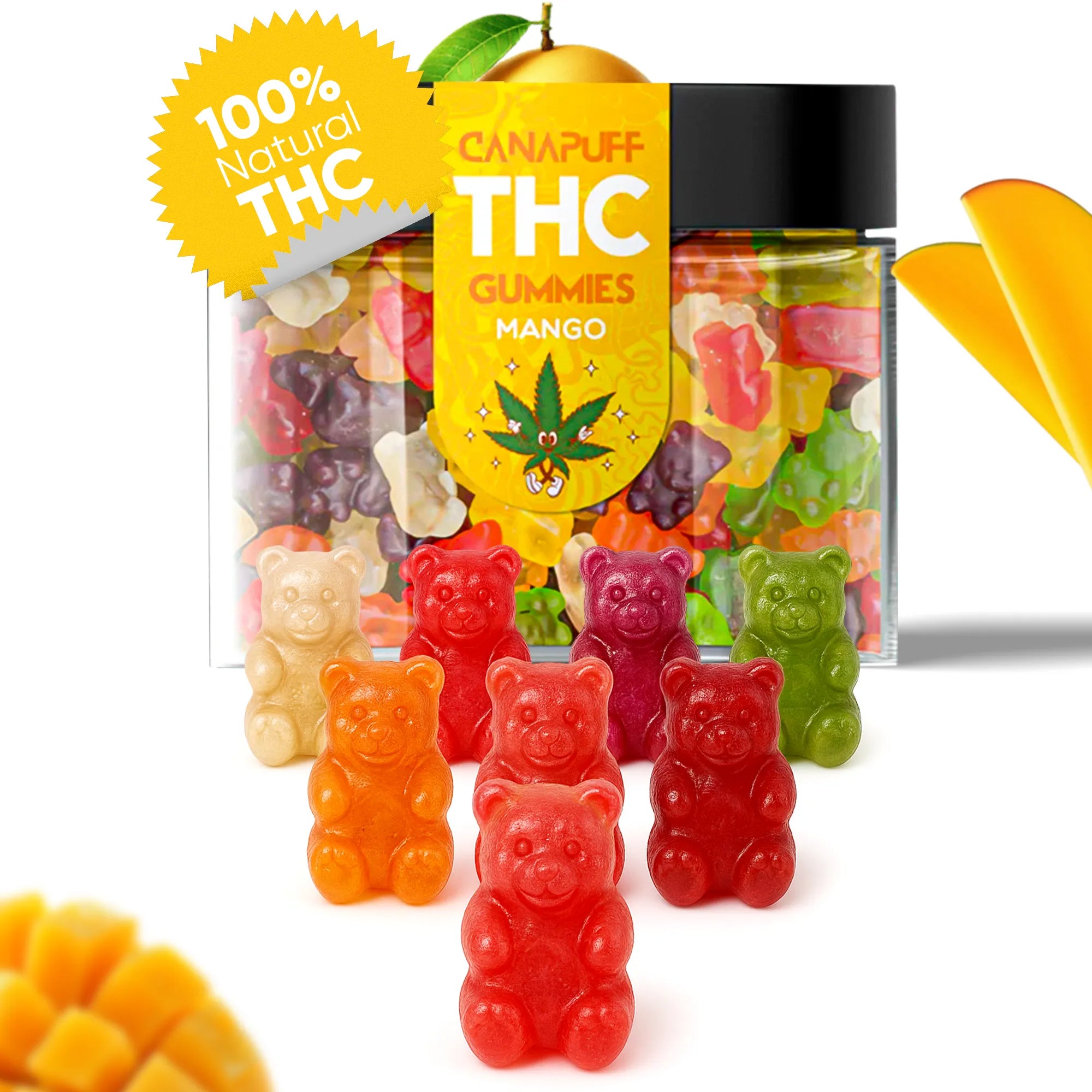


Leave a comment
This site is protected by hCaptcha and the hCaptcha Privacy Policy and Terms of Service apply.